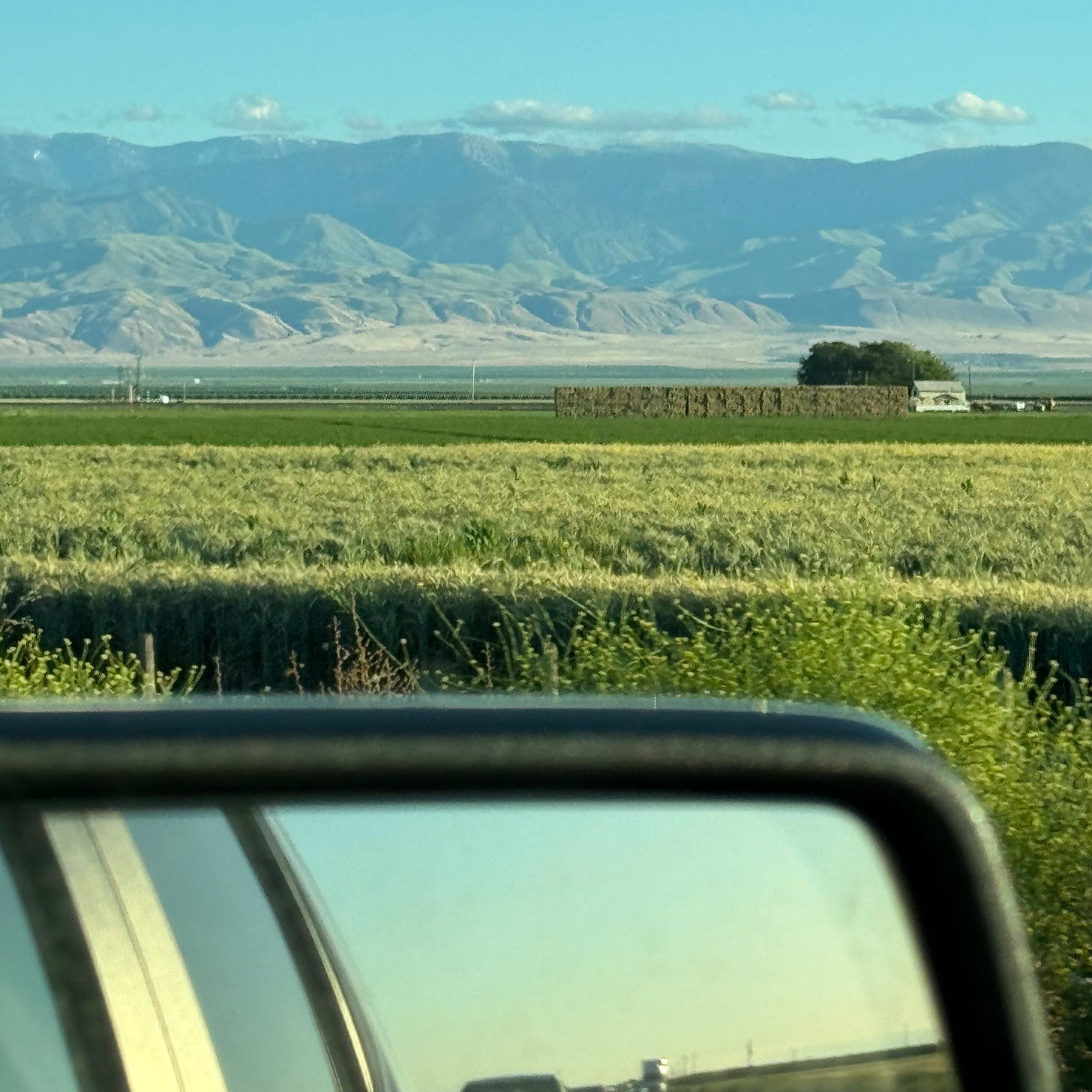
The United States agriculture industry is currently in a recession, according to 54% of the 70 agriculture economists surveyed by Farm Journal’s Ag Economists’ Monthly Monitor.
75% of economists polled say the ag economy is on the brink of a recession.
Dropping farm income and lower commodity prices are largely to blame. Livestock prices are holding up fairly strong, but high production costs and plummeting prices for row crops add up to a bleak picture overall, with ag seeing its lowest margins in almost 20 years.
Economists say the outcome of the 2024 national election will have a major impact on the next six months for American farmers and ranchers.
Farmers Are Worried About the Future
Farmer sentiment is at its lowest point since 2016, according to the Purdue University/CME Group Ag Economy Barometer.
American farmers are concerned about farm income in 2024 and 2025.
Net cash farm income is set to drop by $12 billion in 2024, down about 7% from 2023, according to Net Farm Income projections from the USDA. Earlier this year, those numbers were estimated to be much worse–a 26% fall. Still, farmers and ranchers are feeling the impact and plan to cut costs heading into 2025.
“Most farmers and ranchers, including those here today with us, are likely to be worse off financially by years’ end,” said Rep. G.T. Thompson (R-PA) at a recent hearing before the House Agriculture Committee, where a panel of experts recently testified about the severe challenges ahead for agriculture.
Economists Say These Factors Will Impact Ag Most
The biggest cause for 2024 ag incomes plummeting is commodity prices, set to decrease by $27.7 billion this year. The sectors most heavily hit are corn and soybeans. Livestock and dairy prices are stronger.
When asked what factors could impact livestock and dairy prices over the next six months, economists listed:
- 2024 election outcomes
- Drought
- Overall ag economy health
- Restaurant demand for meat
- Feed costs
- High beef prices and its impact on demand for beef and pork
As for crop prices, economists say the following factors will play a role:
- Final crop production numbers for 2024
- Weather in South America
- Timing and total acreage of fall planting in South America
- China’s economy and geopolitical tensions
- Policy changes in the wake of the 2024 election including tariffs, trade policies, and biofuel policies
Is a Farm Financial Crisis Coming?
“Unless conditions change we are facing a perfect storm, though I don’t think it will be fully understand until earl next year when farmers are unable to secure loans because they cant cash flow,” Dana Allen-Tully, president of the Minnesota Corn Growers Association, testified at the House Ag Committee hearing. “Plummeting crop prices, high costs of production, doubling interest rates, natural disasters, and tightening credit are some of the key culprits. Working capital is fast depleting.”
Agricultural bankers are also sounding the alarm about the possibility of a serious farm financial crisis on the horizon.
“With rising input costs and lower commodity prices, farmers and ranchers have worked through the liquidity and working capital they built up over the past few years at a more rapid pace than anticipated and are now beginning to leverage equity through refinancing debt,” testified Tony Hotchkiss, chairman of the Ag & Rural Bankers Committee at American Bankers Association. “This has made agricultural bankers feel like they are looking over the cliff in regards to the agricultural economy.”





